Whether you are new to this world or not, you may take for granted that banknotes are made of paper and that, when it comes to money, plastic is reserved only for bank cards—neither one nor the other.

We are so familiar with using banknotes and coins that, except as a hobby, the designs and materials of the specimens that pass through our hands go unnoticed. There are certain assumptions that we take for granted when it comes to manufacturing money, but the truth is that many of them are not true. For example, in our last post, we talked about the origin of paper money, and it is precisely that paper —the one we all have in mind— is not present in today’s banknotes. If we hear about plastic money, we immediately think of bank cards or Monopoly money without realising that many countries already have banknotes circulating in this material.
What are banknotes made of?
As mentioned, banknotes in most countries are not made of paper but of vegetable fibers, mainly cotton (mostly cotton) and linen.
However, there is a growing tendency to use plastic (polymer) in manufacturing banknotes as this material offers numerous advantages, such as more durability and security measures. In fact, although these banknotes have yet to catch on in the Eurozone and the United States, they are already widely used in Asia, the Pacific, and the United Kingdom.
What are polymers?
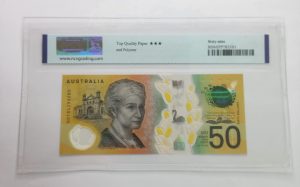
In the literal sense, the word results from the Greek compound Poly and Mers, meaning many parts. Its chemical definition refers to large molecules (macromolecules) composed of the union of smaller molecules (monomers). Whether it sounds Greek or not, polymers are in almost everything we have around us daily. Among the most common polymers are rubber, paper, starch, nylon… So we can get an idea of their infinite number of uses.
First experiments with nanophilic polymers
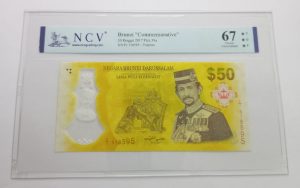
In this respect, polymer implementation in banknote printing has been a new historical milestone since the invention of paper money. The first attempts date back to the late 1970s and were made using a material called Tyvek, another highly resistant polymer used for wristbands at concerts, festivals, and hotels. The American Bank Note Company produced a limited test strip for some customers in Latin America: Honduras, El Salvador, Venezuela… but the experiment failed to convince most of these countries.
Haiti was the first country to put them into circulation at the beginning of 1982, using Tyvek in the circulation of 6 banknotes: the 1, 2, 50, 100, 250, and 500 gourdes. The experiment lasted only a short time as it turned out that this novel material was not the best for tropical climates, and 18 months after their circulation, they were withdrawn. They are difficult to find as almost all of them were destroyed.
The case of Haiti was followed by Costa Rica, which tried a 20 colones bill in 1983. What they did was to issue an identical banknote in conventional material at the same time to compare effectiveness. They only differentiated them by adding a Z in the serial number to the polymer ones.
That same year, in Europe, the Isle of Man also decided to try its luck by issuing the first European polymer banknote: the £1 banknote.
That same year, in Europe, the Isle of Man also decided to try its luck by issuing the first European polymer banknote: the £1 banknote.
Those three experiments definitively ruled out tyvek from the notaphily. Although it is a resistant and almost unbreakable material, the ink was not permanently fixed, and in certain climates, it got smudged with use. And, of course, that is a significant drawback when you want to increase durability.
And that brings us to the first successful case: Australia. There, as a result of creating a multidisciplinary team, they had a prototype ready in 1972. However, it was not until 1988 that they decided to take the plunge. They chose the bicentenary of the colonization of Australia to test the issue of a 10-dollar plastic banknote. Acceptance was widespread, and the full transition to this material began in 1992. Four years later, it became the first country in the world to have all its banknotes made exclusively of polymer.
Advantages and disadvantages of polymer banknotes
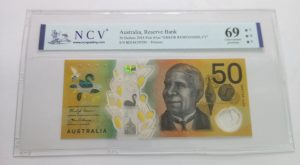
Polymer printing has its pros and cons. For some reason, not all countries have embraced the change. Let’s see, in broad strokes, the main characteristics of the application of this material in the notaphily:
Advantages:
- water resistance: especially advantageous in countries with humid and tropical climates.
- Hygiene: the plastic surface repels dirt, and, in case of any, it is relatively easy to clean them.
- Durability: beyond moisture and dirt, the polymer resists high temperatures quite well. A polymer banknote is said to last 2.5 times longer than a conventional paper banknote.
- It makes counterfeiting more complicated: in addition to the security measures of conventional banknotes (magnetic stripe, fluorescent threads, watermarks, etc.), polymer banknotes incorporate high-tech measures thanks to the three-dimensional structure of this material, such as transparent windows and holograms.
- Recycling: with proper processing, once their useful life is over, they can be transformed into new plastic items such as plugs, buckets, flower pots… In addition, it is estimated that the carbon footprint produced by their manufacture is 16% lower than that produced by paper banknotes.
Disadvantages:
- Difficult to bend: they are more resistant and, therefore, do not bend easily. And when they do, the fold marks are much more noticeable.
- Slipperiness: the smooth surface also has its drawbacks when handling, storing or counting.
- Stickiness: they indeed repel moisture, but when they get wet, they stick together—another handicap for accounting work.
- Loss of color: in some cases, a fading of color has been observed. In Nigeria, in particular, it is thought to be related to climate incompatibility.
- Use of animal fat in its manufacture: this has raised complaints among environmentalists and religious groups in the countries that have implemented it.
Have you ever had the chance to hold a polymer banknote in your hands? If so, what do you think of it? Are there any advantages or disadvantages that you’ve noticed? We value your opinion and would love to hear what you have to say!
–
Sources:
https://www.royaldutchkusters.com/blog/the-five-pros-and-cons-of-polymer-banknotes
http://curiosidadesnumismaticas.blogspot.com/2021/10/billetes-de-plastico.html?m=1
https://coleccionismodemonedas.com/primer-billete-polimero-plastico/

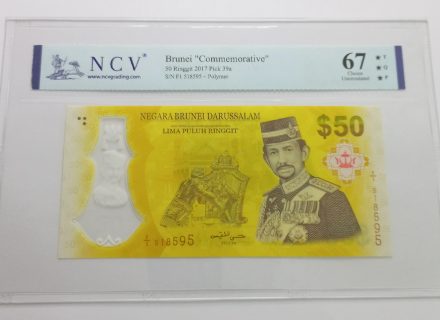
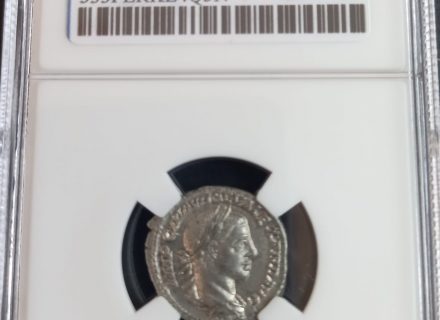
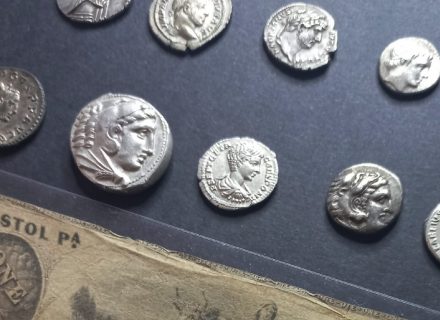
1 Comment
Comments are closed.